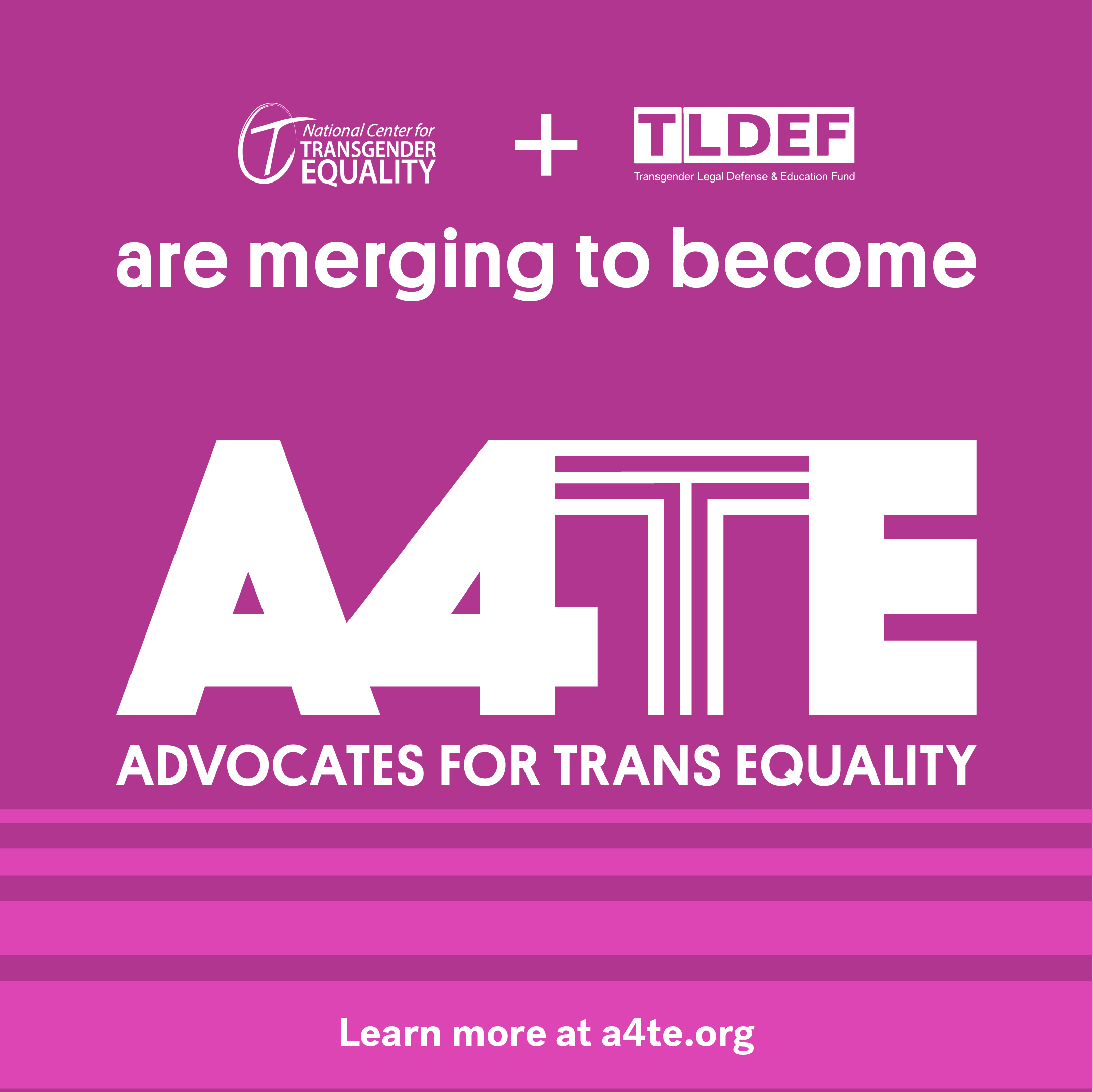Nonbinary Defined
La mayoría de las personas, incluso la mayoría de las personas transgénero, son hombres o mujeres. Pero algunas personas no encajan perfectamente en las categorías de "hombre" o "mujer", o "hombre" o "mujer". Por ejemplo, algunas personas tienen un género que combina elementos de ser un hombre o una mujer, o un Género que es diferente al masculino o femenino. Algunas personas no se identifican con ningún género. El género de algunas personas cambia con el tiempo.
Las personas cuyo género no es masculino o femenino usan muchos términos diferentes para describirse, con nobinario being one of the most common (sometimes spelled with a hyphen, as “non-binary”). Otros términos incluyen genderqueer, agender, Bigender, genderfluid, and more. None of these terms mean exactly the same thing – but all speak to an experience of gender that is not simply male or female. If you’re not sure what a word means, usted puede generalmente solo ask politely.
Why “Nonbinary”?
Some societies – like ours – tend to recognize just two genders, male and female. The idea that there are only two genders is sometimes called a “gender binary,” because binary means “having two parts” (male and female). Therefore, “nonbinary” is one term people use to describe genders that don’t fall into one of these two categories, male or female.
Basic Facts about Nonbinary People
Nonbinary people are nothing new. Non-binary people aren’t confused about their gender identity or following a new fad – nonbinary identities have been recognized for millennia by cultures and societies around the world.
Some, but not all, nonbinary people undergo medical procedures to make their bodies more congruent with their gender identity. While not all nonbinary people need medical care to live a fulfilling life, it’s critical and even life-saving for many.
Most transgender people are not nonbinary. While some transgender people are nonbinary, most transgender people have a gender identity that is either male or female, and should be treated like any other man or woman.
Being nonbinary is not the same thing as being intersex. Intersex people have anatomy or genes that don’t fit typical definitions of male and female. Most intersex people identify as either men or women, though some may be nonbinary. Non-binary people are usually not intersex: they’re usually born with bodies that may fit typical definitions of male and female, but their innate gender identity is something other than male or female.
How to Be Respectful and Supportive of Nonbinary People
It isn’t as hard as you might think to be supportive and respectful of nonbinary people, even if you have just started to learn about them.
You don’t have to understand what it means for someone to be nonbinary to respect them. Some people haven’t heard a lot about nonbinary genders or have trouble understanding them, and that’s okay. Identities that some people don’t understand still deserve respect.
Usa el nombre que una persona te pide que uses. This is one of the most critical aspects of being respectful of a nonbinary person, as the name you may have been using may not reflect their gender identity. Don’t ask someone what their old name was.
Trate de no hacer suposiciones sobre el género de las personas. You can’t tell if someone is nonbinary simply by looking at them, just like how you can’t tell if someone is transgender just by how they look. A nonbinary person might appear feminine, masculine, or genderless, or mostrar un mix of gendered chcaracteristicas – and their appearance doesn’t determine their pronouns.
Si no estás seguro de qué pronombres usa alguien, pregunta. Different nonbinary people may use different pronouns. Many nonbinary people use “they” while others use “he” or “she,” and still others use otros pronombres. Preguntar si a alguien se le debe llamar "él", "ella", "ellos" u otro pronombre puede parecer incómodo al principio, pero es una de las formas más simples y más importantes de mostrar respeto por la identidad de alguien.
Abogar por políticas amigables no binarias. It’s important for nonbinary people to be able to live, dress and have their gender respected at work, at school, and in public spaces.
Understand that, for many nonbinary people, navigating gendered spaces - like bathrooms - can be challenging. For many nonbinary people, using either the women’s or the men’s restoroom might feel unsafe, because others may verbally harass them or even physically attack them. Nonbinary people should be capaz to use the restroom that they believe they will be safest in. You can help support nonbinary people by accepting their judgment about where they feel most comfortable when dealing with spaces that are based on binary gender distinciones.
Talk to nonbinary people to learn more about who they are. There’s no one way to be nonbinary. The best way to understand what it’s like to be nonbinary is to talk with nonbinary people and listen to their stories.

